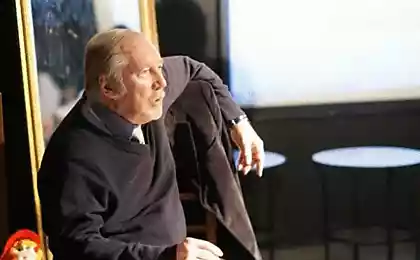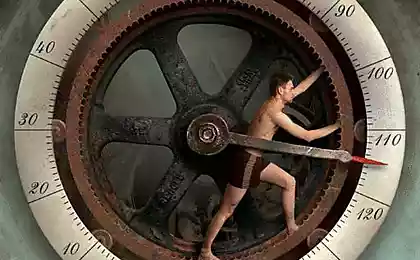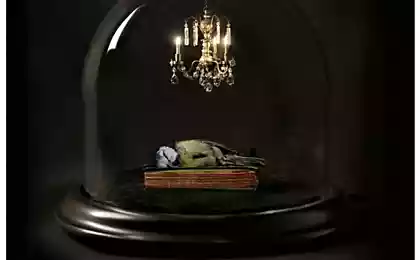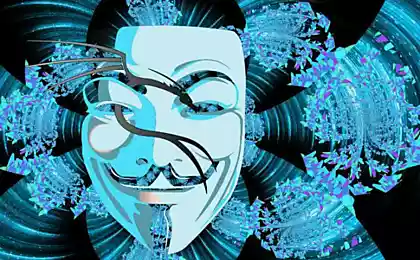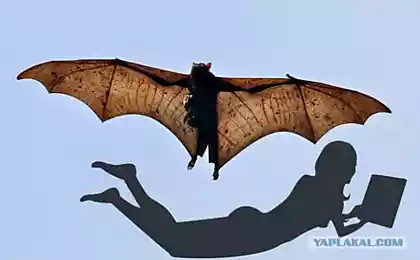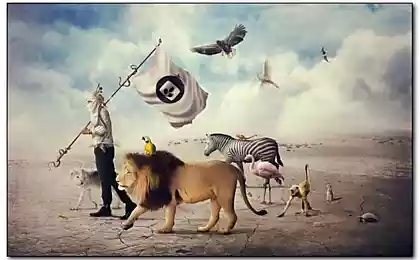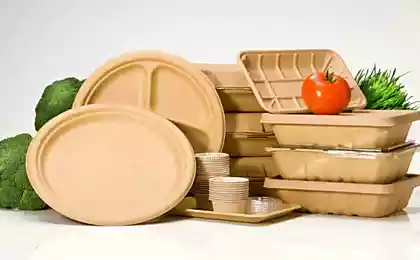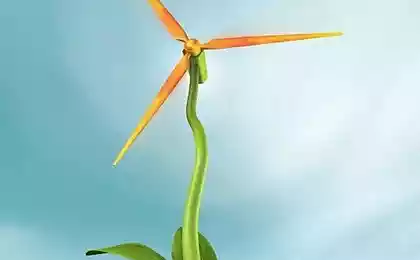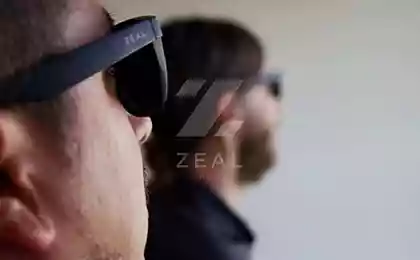629
Biodegradable fishing nets will help to prevent the death of mammals

One of the most common threats to dolphins and other marine life is fishing net. Stuck in them, marine mammal suffocating, not being able to come up.
Student engineer Alejandro Plasencia (Plasencia, Alejandro) created for fishermen biodegradable fishing net and a tracking marker to help stop the deaths of thousands of mammals.
These elements can easily be used by fishermen to locate and recover the damaged network and to prevent it from becoming a deadly "Ghost trap" in the sea. In fact, before the network is completely destroyed into millions of plastic pieces (which we know will still continue to harm the environment), it can be applied to mammals such as dolphins, sea lions, and die a painful death.
Plastic leaches toxins, and the mistake of taking for food, its consumption of all kinds of marine organisms right down to microscopic zooplankton.

Alejandro offers as an alternative to the use of invented elements, either separately or together to help solve these environmental problems.
In the first place, yellow and orange plastic markers, which are embedded RFID chips can be attached to existing networks. RFID reader in combination with a special application may allow fishermen to track, extract, and more effectively repairing the nets, or marking them as lost, inform the public organizations of protection of the seas, such as Healthy Seas, on the need to extract these networks.

"I was looking for a very simple, cheap, small and unobtrusive technology that would easily integrate into the system, and significantly change the situation," says Alejandro.

"I was inspired by the symbiotic relations existing in nature, such as the fish-stick that sticks to the skin of a shark and keeps it clean by eating parasites, faeces and leftovers".
As the second stage of the old network can be replaced with the Remora network that contains a component called d2w that is added to plastic network.
It makes plastic biodegradable environmentally friendly way at the end of its life cycle, which means that the grid will not remain forever in the sea and not become a threat to its inhabitants.
"The grid is becoming a "Ghost trap" threatens the lives of the majority of inhabitants of seas and oceans, so this is the problem that we all must be interested to solve," says the designer.
"Polymer is processed, and then bound to a grid with different density in the factories in the North of Spain. These different pieces of networking transported and collected in areas close to the Harbor where the fishing boats make their technical stop. It's a long manual process: all the parts of the mesh are then sewn together huge plastic needles".
Alejandro calculated that the creation and use of networks for its technology will be required 54% less power than existing designs. "I would like to develop a project for the fishing industry in which sustainability would become an integral part of the profit of the fishermen".
Source: facepla.net
As carbon dioxide is distributed in the Earth's atmosphere (video)
Practice Sokushinbutsu – a special procedure of preparation for the death of Japanese monks

